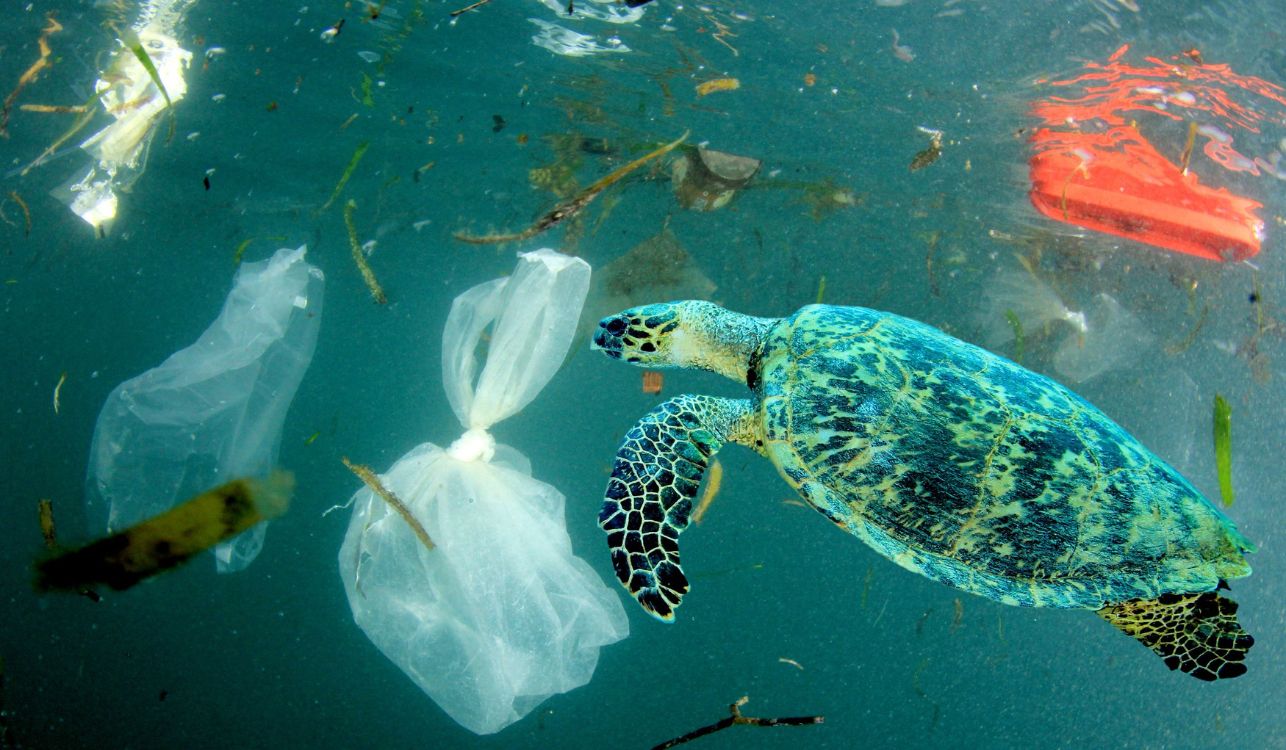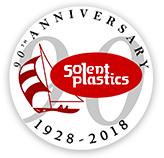 Add My Company
Add My Company
Time and Tide Wait for no Man!

Waste is having a catastrophic effect on our ocean life, with the latest statistics revealing an estimated 100,000 marine mammals die every year due to pollution.
A staggering 12.7 million tonnes of plastic end up in the sea every year, negatively impacting marine creatures in various ways.
© Rich Carey / Shutterstock.com
This equates to one truckload of waste being thrown into the sea every 60 seconds, 365 days a year. Scientists estimate five trillion pieces of plastic are now contaminating the world’s oceans.
Why is ocean marine life so important?
More than 70% of the planet is covered by the ocean, which is humanity’s life source. It produces around half the earth’s oxygen through plankton such as algae, drifting plants and types of bacteria that photosynthesise. The planet’s smallest photosynthetic organism, Prochlorococcus, found in the ocean, produces around one-fifth of the earth’s oxygen - a larger amount than every tropical rainforest combined.
Unfortunately, when marine animals and plants die and decay in the ocean due to marine pollution, this consumes oxygen.
Each year, the sea absorbs 26% of harmful anthropogenic carbon dioxide to prevent it from being released into the atmosphere.
Home to most of the planet’s biodiversity, the ocean contains 250,000 recognised species. Scientists believe around 66% across the world are still undiscovered.
Vital to Earth’s survival; the sea provides food for more than one billion people worldwide and employment for millions more. Studies estimate some 40 million of us will be working in ocean-based sectors by 2030.
How does plastic pollution impact human health?
With plastic pollution in the ocean reaching an all-time high, the negative impact on human health is increasing. When factors such as the wind, solar UV radiation, strong ocean currents and other elements attack plastics, they will break down into tiny particles.
Particles smaller than 5mm are known as microplastics, and plastic pieces smaller than 100 nanometres are called nano plastics - a nanometre being equal to one thousand-millionth of a metre. Their minute size means all types of marine life accidentally ingest them, causing toxins to be released into their bodies. These toxins are passed up through the food chain and can end up on our dinner tables when we eat seafood. In effect, we’re eating tiny plastic pieces when we consume fish that have accidentally ingested them.
Research has suggested some of the toxins are connected to hormone abnormalities in humans. Scientists are still trying to understand definitively how our health is impacted.
As well as nano plastics and microplastics entering the food chain, they are also found in samples of tap water, salt and beer, meaning that even people who don’t eat seafood can inadvertently consume plastic.
How does plastic pollution affect marine creatures?
The effects of plastic pollution are disastrous in terms of marine creatures being injured and killed. Thousands of birds, fish and marine animals become entangled in waste plastic every year, limiting their movement and ability to eat. This can cause infections, serious injuries and starvation.
Shocking pictures of turtles with plastic rings from drinks cans wrapped round their shell circulate frequently online, as do photos of birds with plastic around their wings, beaks and feet. Less visible is the damage caused when turtles, seabirds, whales, dolphins and fish mistake plastic waste for food, because it’s a similar shape and colour to their prey.
Plastic that has been floating around for some time can accumulate algae on the surface that gives it an appetising odour. However, when a creature eats plastic, this can cause a fatal blockage in the intestines, or pierce their internal organs. In addition, when an animal’s stomach is filled with plastic, it creates the illusion of being full of food, which can lead to starvation.
Scientific studies show one million seabirds are killed each year. In total, 800 marine and coastal species have been impacted, including the 90% of all seabirds and more than 50% of turtles that have eaten plastic.
While no species is known to have been extinct as a direct result of plastic pollution, scientists say several are at risk, including the Pacific Loggerhead Sea Turtle, which often falls victim to plastic packaging and six-pack can rings.
The Hawaiian Monk Seal is also in decline, as in the sea off Hawaii, teams of researchers recently removed more than 12 tons of mainly plastic rubbish over a period of just two months.
The sperm whale is extremely susceptible to plastic ingestion, as it has a huge mouth that allows a massive amount of waste to be swallowed. An autopsy into the deaths of two sperm whales found pieces of plastic had blocked their digestive tracts.
Where does plastic come from?
Plastic debris comes from different sources, but the majority flows into the ocean from the land.
It’s present in stormwater and urban runoff, litter, sewage overflow, ineffective waste disposal, inadequate business waste management, construction, tyre abrasion, industrial sites and illegal dumping.
Plastic pollution also results from commercial fishing and nautical leisure activities.
Ocean microplastic pollution can even be caused by using washing machines. Many towels, sheets and garments contain plastic microfibres, which make their way through the water system and eventually end up in the sea.
What are we doing to reduce pollution in the sea?
While efforts to reduce ocean pollution have been stepped up, experts say we should still be doing more, such as updating existing legislation like the 1972 Convention on the Prevention of Marine Pollution.
Governments, industry and research organisations are urged to collaborate to find solutions such as reducing microplastic waste, redesigning products and establishing a better plastic recycling system.
Consumers are encouraged to live a more sustainable lifestyle, including changing their shopping habits and embracing recycling.
Green campaigners are calling for extra funding for innovation and research to address the problem of plastic marine pollution.
Some countries have developed innovative solutions, such as the Ocean Cleanup organisation in the Netherlands, where a floating ocean boom has been invented to syphon out waste plastic from the Great Pacific Garbage Patch.
In China, researchers are developing a new camera surveillance system in the port of Xiamen to identify plastic waste as it travels down the river to stop it from entering the sea.
However, some countries don’t have the necessary infrastructure to combat plastic pollution. They lack incineration and recycling facilities and have inadequate waste management and disposal systems, often due to a lack of money.
For more information on Time and Tide Wait for no Man! talk to Solent Plastics

